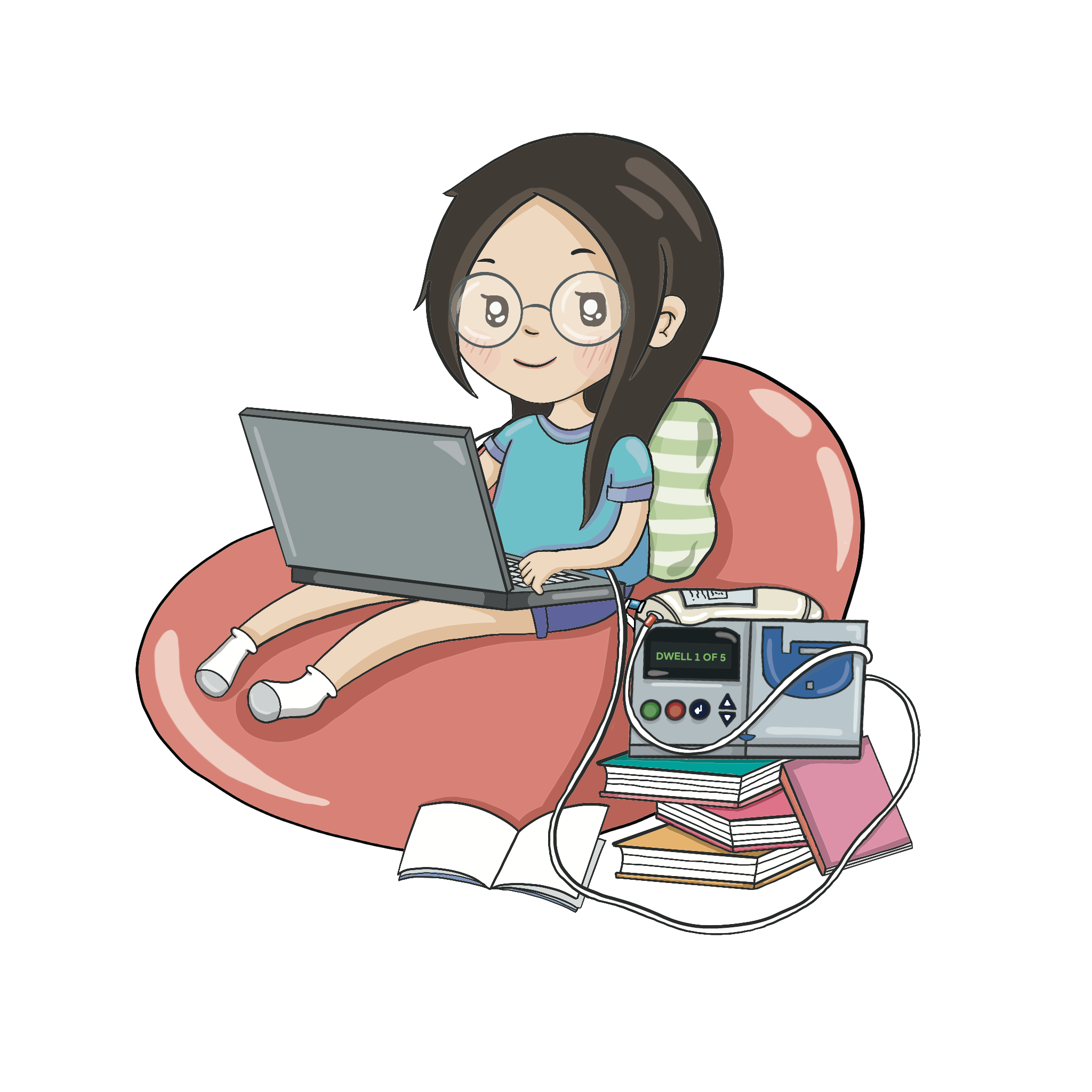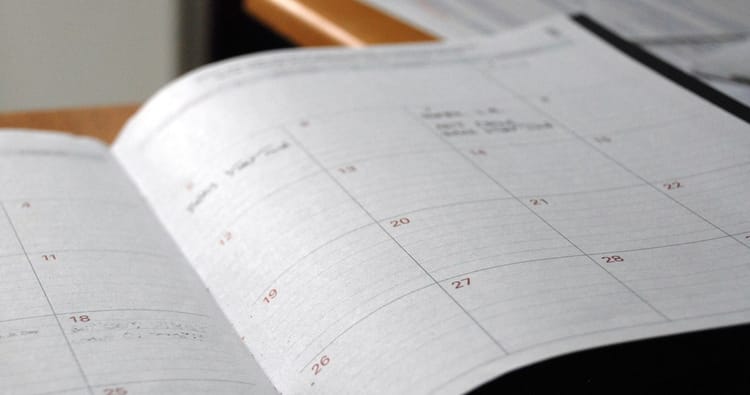How Many Times a Week do I Perform Home Peritoneal Dialysis?

Hello There!
My name is Lai and my kidneys failed at the age of 23 at the height of the pandemic in 2020. Ever since I have been living and working on home peritoneal dialysis for 9 hours a day, 7 days a week.
I am currently entering my 3rd year on home peritoneal dialysis with my Baxter Homechoice Claria machine, sadly this is my second machine, as my OG machine bailed on me in the middle of the night in my first year of dialysis but that’s another post for another day.
What is Automated Peritoneal Dialysis?
So you keen eyed readers have seen that I referred to my Baxter Homechoice Claria Machine!
Yes, that’s right I am currently on APD (Automated Peritoneal Dialysis), this means I perform my dialysis through my stomach (peritoneal) using a machine (Automated) also known as a cycler. This machine automatically fills and drains the dialysis cleansing fluid into my stomach via my Peritoneal Dialysis stomach catheter and out again into drain bags.
The alternative to Automated Peritoneal Dialysis (APD) is Continuous Ambulatory Peritoneal Dialysis or more commonly known as (CAPD). The major difference between APD and CAPD is that CAPD is entirely manual and there is no machine! This is why CAPD is sometimes called manual peritoneal dialysis as it is machine-free and you use gravity to fill your stomach with cleansing fluid and not a machine!
By holding the fluid bag above shoulder height, gravity will flow the dialysate into your stomach via the peritoneal catheter. Once filled, you can walk around and go about your normal day (continuous ambulatory) for some hours before manually draining out the waste fluid from your stomach into a drain bag.
How Often Do I Perform Home Peritoneal Dialysis?
I perform Peritoneal Dialysis every day of the week, specifically 7 nights a week!
Automated Peritoneal Dialysis is typically suggested to be performed at night while you sleep! This is because while you are connected to the machine, you cannot move beyond the patient line length between you and the machine. For me that is about 2-3m, which is just enough for me to reach the bathroom and walk all about my bedroom!
Now there is nothing to say that you can’t dialyse on your machine during the day but it largely depends on your lifestyle! I much rather be able to walk around and be mobile in the day than at night!
How Long Do My Peritoneal Dialysis Sessions Last?
I perform my peritoneal dialysis overnight and each session lasts exactly 9 hours! This is because regardless of what happens in the night, the machine is programmed to finish after 9 hours. I have come to appreciate the consistency of the 9 hours as it makes it easier for me to plan my days and schedule throughout the week.
During those 9 hours, you are connected to the machine. However, the machine isn’t always doing something special. My prescription states I go through 5 cycles of exchange between me and the machine.
A cycle is split up into 3 stages: Fill, Dwell and Drain.
Fill and Drain refer to the cleansing fluid (dialysate) that enters and leaves your stomach via your peritoneal dialysis catheter.
Dwell refers to the time inbetween and where the cleansing fluid begins its work. During this time the machine is nothing more than a timer.
Your peritoneum (stomach lining) is doing the work through the process of osmosis and science stuff. During this time you remain connected on the machine, whereas on CAPD you can disconnect yourself and continue your day. However, as you perform APD at night, you are assumed to be ‘asleep’.
There is an option to remove yourself from the machine during this Dwell period, but I believe, if you are thinking of disconnecting yourself on a frequent basis then you probably should be on CAPD instead!
Why are Automated Peritoneal Dialysis sessions longer than Continuous Ambulatory Peritoneal Dialysis?
At first glance, one might see the 9 hours on APD vs the 30-40 minute exchanges with CAPD and think to oneself the choice is clear: “I’m a busy guy/gal, CAPD all the way!”.
But first, we must realise that with CAPD you perform up to 4 to 5 exchanges a day and you would be required to leave some time in between each exchange for the dialysis to actually work too.
So, the overall time consumed by dialysis is the same.
The main difference here is that CAPD will give you greater flexibility throughout the day in terms of being able to walk about freely but you will also need to consider time and spaces for you to perform your dialysis manually as opposed to APD where connection and disconnection from the machine occurs at the end and start of the next day respectively but will dedicate a large chunk of time to dialysis in one go.
Does this mean I will perform dialysis 7 days a week, 9 hours a day?
No it does not.
Your Dialysis prescription will wholly rely on what your remaining kidney function and general health is! Therefore, there is a complete spectrum of prescriptions and dialysis routines for each kidney patient in the world.
It may be that you only have to perform dialysis 5 days a week for more or less hours in a day. These discussions will be held with your doctor and you should consider which treatment plan that best suits your lifestyle and schedule!
Conclusion:
Hope this post has helped to dispel some confusion surrounding ‘How many times does one perform peritoneal dialysis a week?’ or even the ‘How many times does one perform peritoneal dialysis a day?!’.
Whether you are a prospective dialysis patient or someone who knows a dialysis patient, there is a lot of mystery of how often and how long someone is on dialysis a day or a week! I hope this post has done its best to dispel that mystery but also remind prospective patients that each kidney patient is an individual and there is no one size fits all for dialysis.
Wishing you well on your kidney journey, Lai x
Consider following me on my social media platforms
💜Instagram: @My_Kidney_and_Lai
🧡YouTube: My Kidney and Lai
💛Tik Tok: My Kidney and Lai





